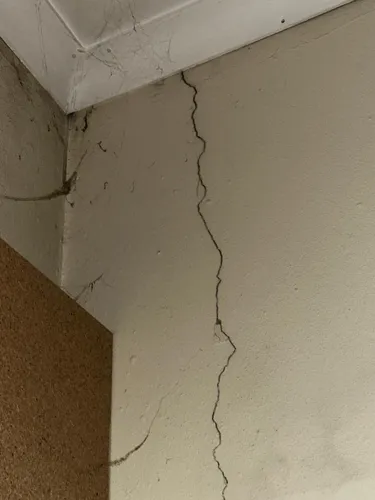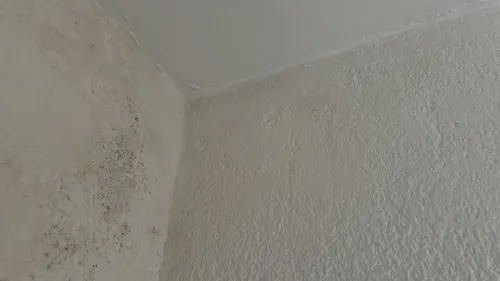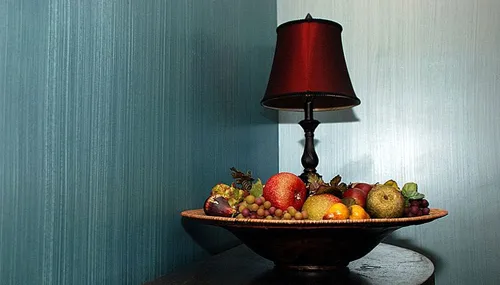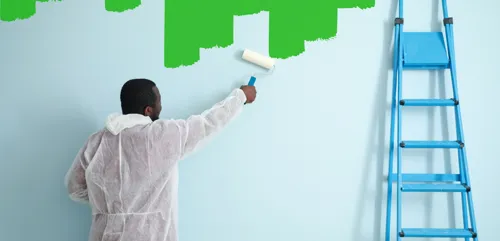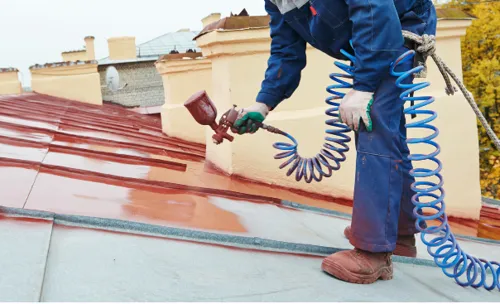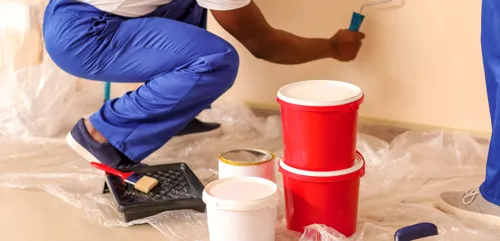Painting your home isn’t as simple as going to your local hardware store and picking up any random bucket of paint to splash onto your walls. A lot goes into what paints you should use to update your home’s interior and exterior paint colours.
We will go over what goes into your paint and the main differences between interior and exterior paint. So you’ll always know which paint you should be using.

The main components in any paint
To appreciate why all paints aren’t the same, you have to know what goes in them. The four main components in any paint are pigments, solvents, resins, and additives. These four components give paints their different properties and determine what surfaces you can use them on.
Pigments
Pigments are finely ground particles put in the paint to give it its colour.
Solvents
Liquids in which all the other components are suspended are called solvents. They give the paint its wetness and allow you to apply it across surfaces. In latex paints, the solvent is primarily water. Alkyd and oil-based paints will usually have a mineral spirit or a combination of solvents. As the paint dries, the solvent evaporates, leaving behind the other components.
Additives
These give the paint its properties. Additives contribute to a paint’s colour accuracy. They help prevent mildew growth, determine ease of application, and affect how easy a surface is to clean once the paint has dried.
Resins
Also known as binders, resins are what hold your paint to the surface. They hold the pigments together to form the paint film and can be made of epoxy, acrylic, silicone, or seed oil derivatives in some cases.
The differences between interior and exterior paint
The main differences between interior and exterior paints are the resins and additives used in them.
| Interior paint | Exterior paint |
|---|---|
Rigid resins:
|
Soft resins:
|
Interior and exterior paints also have different additives used to help regulate drying time and wear over time. As a result, interior paints won’t last very long when used outside because they don’t have heavy-duty additives mixed into them.
Most exterior paints aren’t suitable for indoor use because the additives make them unhealthy and harmful when used in enclosed spaces where fumes don’t disperse quickly enough.
It is worth noting that there are some paints you can use both indoors and outdoors. These, however, usually come at a higher price point because of the added versatility and usefulness.
So, should you consult a Pro when painting your home?
Yes. Whatever space or item you want to get painted, be sure to consult a professional.
As you saw, there are many different paints available and it is easy for you to make a costly mistake when buying one. Consultation with a professional painter usually comes at no extra cost, and it will help you get the best paint to suit your needs.
Not to mention hiring a Pro will make the whole house painting project easier for you. Also, they will get the job done faster and beter.
7 reasons why you should hire a professional painter
The best interior paint colours to sell your house
The best exterior paint colours to get your house sold fast

